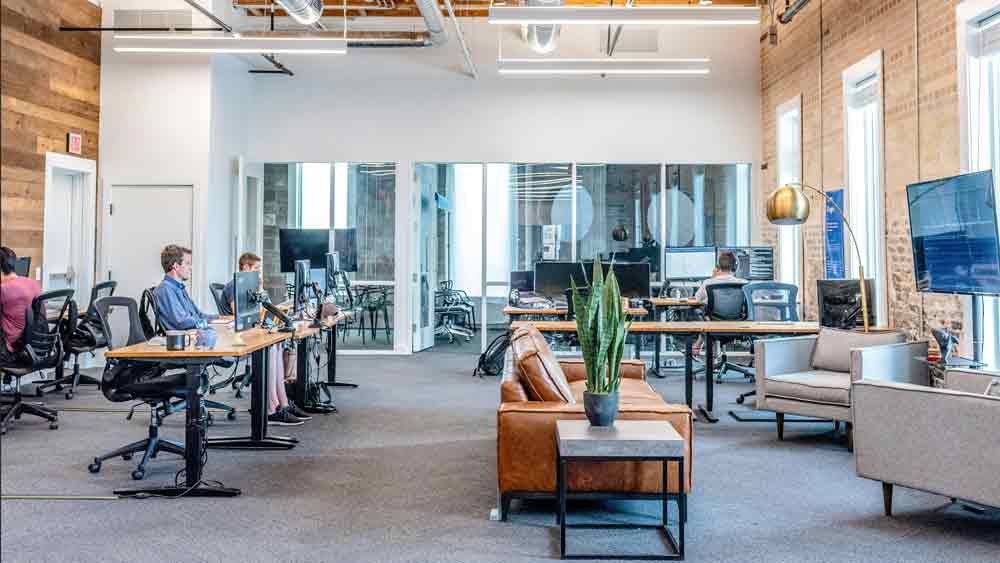A few months ago I visited a potential customer, a high-tech startup, which like many Boston-area tech companies is developing astounding products that would have been considered science fiction only 10 years ago. The parking lot was half full at 8 a.m., but the entrance was locked to visitors, and no one was in the reception area.
|
ADVERTISEMENT |
As I waited in the cold to snag the attention of a passerby, an employee with a key card passed me and opened the door. I asked, “Could you let Mary B. know I’m waiting outside?”
Apologetically, he replied, “I’m sorry, sir, I’m just a maintenance man.” Before I could think to respond, these words spilled out of my mouth: “Dude, without you this place would not function.” He smiled and let me in, again apologizing that he didn’t know a Mary B.
…

Add new comment